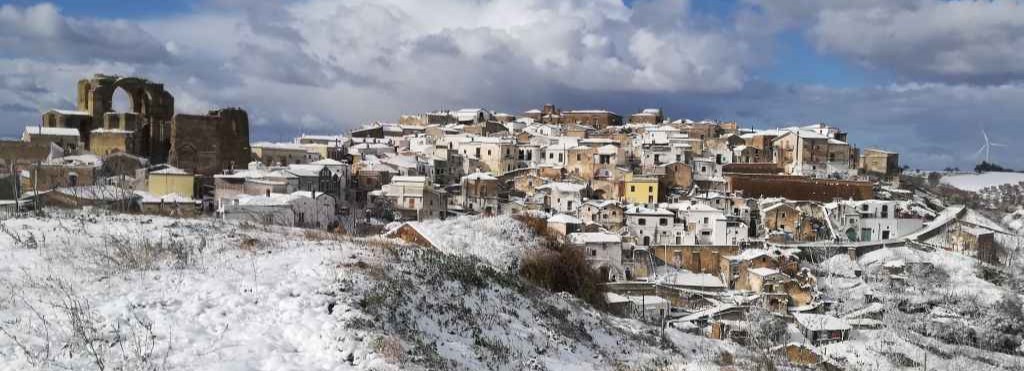




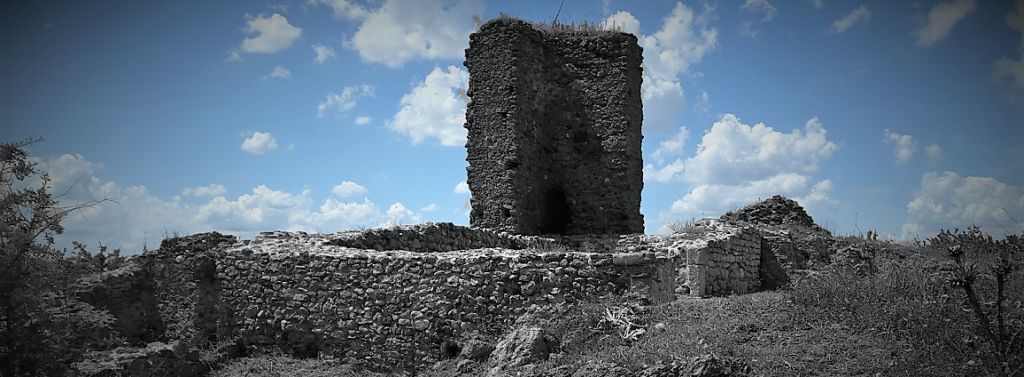
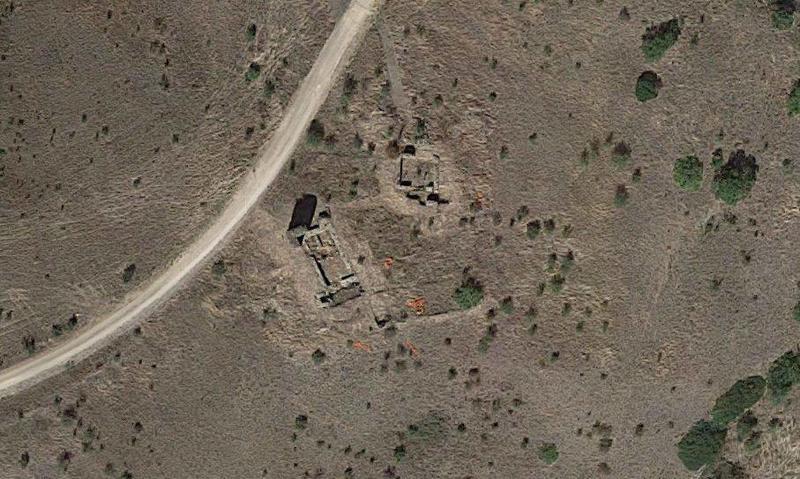 The locality of Altojanni has never known in ancient times, the birth of an urban center but rather between the eighth and third centuries B.C. intensive agricultural exploitation in the surrounding countryside. Large centers such as Timmari, Irsi and Sydyon (Gravina) favored the presence of many farms whose production had an economic outlet.
The locality of Altojanni has never known in ancient times, the birth of an urban center but rather between the eighth and third centuries B.C. intensive agricultural exploitation in the surrounding countryside. Large centers such as Timmari, Irsi and Sydyon (Gravina) favored the presence of many farms whose production had an economic outlet.
With the defeat of Hannibal (201 BC) the economic structure underwent a radical change. Rome was not tender with those who had betrayed or opposed to her: farms disappeared and urban centers declined. Much later, towards the end of the 11th century, the Normans, new masters of Southern Italy, equipped the territory that they controlled with a series of fortifications. The Altojanni hill is located in a splendid strategic position which visually dominates a large part of the surrounding area.
The hill is elongated and oriented according to the east-west axis and has rather steep slopes except for the eastern side, the only one that allows an easy access. The Bradano river flows along the northern side of the hill while the Bilioso creek, a tributary of the first, flows to the South.

Archaeological surveys of the Superintendency of the UNIBAS School of Archeology in 2006 studied the fortifications of Norman origin as well as the medieval town that developed in its vicinity. It is not clear at the present time whether the caves with housing function found along the north ridge of the hill were frequented in the period prior to the construction of the manor or are the consequence. In the vicinity of a spring still used as a drinking trough for cattle, there are the remains of a single-apsidal church. But the structure of the community and how it was structured is not yet clear, also because the registers of the locality for tax purposes by the administrations that have followed one another over the centuries do not report data easily interpretable. Nonetheless in the seventeenth century, for reasons that are all to be verified Altojanni was completely abandoned.
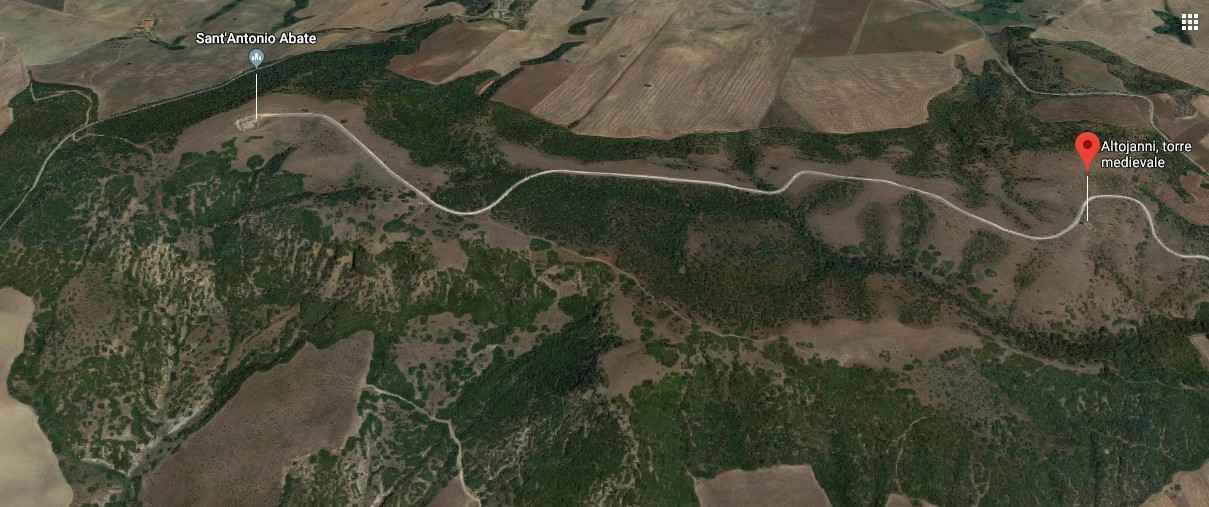
At the western end of the hill, in the same period (late 11th century), a monastery was built, which unlike the inhabited center on the east side was not abandoned but on the contrary in the 16th century was gradually transformed into a hospital for patients suffering from the fire of Sant’Antonio, scientifically known as the infectious disease caused by the Herpes Zoster virus. The structure was recently restored and was also the subject of archaeological investigation in 2012.

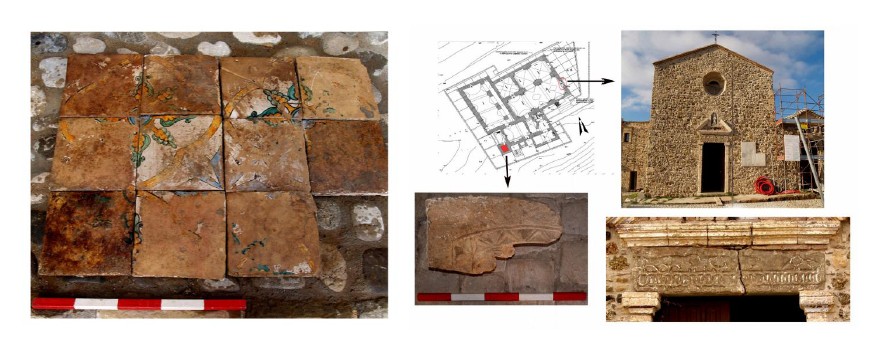
The church is known as Santuario di Sant'Antonio Abate or more simply Sant'Antuono (to distinguish it from Sant'Antonio da Padova) and the feast is celebrated on the Monday and Tuesday following Pentecost even if the saint's day is January 17 . The cult for Sant'Antuono, as they call it here, is linked to popular narratives and traditions: in the past a little piggy that had been raised by the community, was offered to the saint. Today only traces of ancients rites remain but the devotion of the inhabitants has remained unchanged. Every year a long pilgrimage of about 3 km from Grottole brings many faithful to the sanctuary of Sant'Antonio. The walk is very suggestive. Once they reach the sanctuary, the pilgrims go around the building three times.

